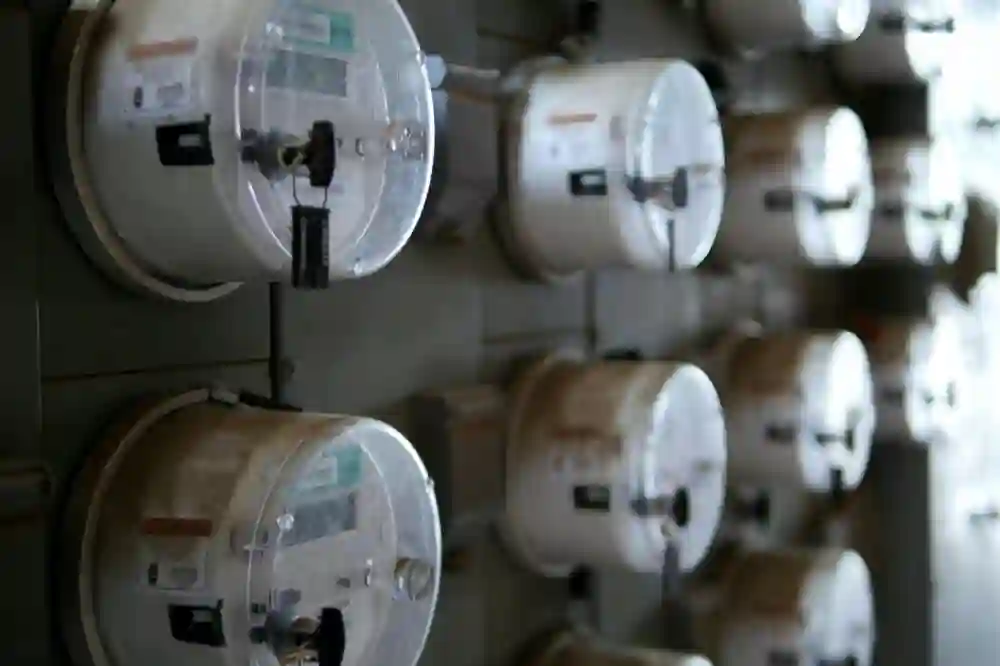Is Surface Mount Better Than Through Hole

Two popular technologies dominate the market regarding electronic components: surface mount and through-hole. Both methods offer distinct advantages and disadvantages, making it crucial to understand their differences before deciding which one is better suited for your specific needs.
Surface mount technology (SMT) involves mounting components directly onto the surface of the printed circuit board (PCB). In contrast, through-hole technology (THT) requires inserting leads into drilled holes on the PCB and soldering them on the opposite side. Each technique has its own set of strengths and weaknesses, which we will explore in detail in this article.
Pros and Cons of Surface Mount Technology
Surface mount technology offers numerous benefits that have contributed to its widespread adoption.
Size: One of the main advantages is the smaller size of the components, which allows for higher component density on the PCB. This results in more compact and lightweight devices, making SMT ideal for portable electronics.
Suitability: Another advantage of SMT is its suitability for automated assembly processes. Since the components are placed using pick-and-place machines, manufacturing is faster and more efficient, reducing the overall production time and costs. Additionally, the absence of drilled holes on the PCB improves the signal integrity and reduces the chances of mechanical failures.
Drawbacks: SMT does have some drawbacks. The smaller size of the components can make them challenging to handle and solder manually, requiring specialized equipment and expertise. Additionally, the lack of leads can make troubleshooting and rework more complicated. Furthermore, the heat generated during soldering can damage the sensitive components if not appropriately controlled.
Pros and Cons of Through-Hole Technology
Although through-hole technology may seem outdated compared to SMT, it still offers several advantages that make it a viable option for specific applications.
Mechanical Strength: One of the main benefits is the mechanical strength provided by the soldered leads, making THT components more resistant to mechanical stress and vibration. This makes them ideal for applications where durability is crucial, such as the automotive and aerospace industries.
Simplicity: Another advantage of THT is its simplicity regarding manual assembly and repair. The larger size of the components and the presence of leads make them easier to handle, solder, and replace if necessary. This is especially beneficial for prototyping and low-volume production, where cost-effective solutions are preferred.
Limitations: through-hole technology also has its limitations. The larger size of the components leads to a lower component density on the PCB, resulting in bulkier devices. Additionally, the manual assembly process is slower and less efficient than SMT, making it less suitable for high-volume production. The presence of drilled holes can also weaken the PCB and compromise its structural integrity.
Surface Mount vs. Through-Hole: A Comparison
Now that we have explored the pros and cons of SMT vs THT technologies, let’s compare them more directly to determine which may be better for your specific needs.
Regarding size and weight, surface mount technology has the upper hand. The smaller components allow for more compact and lightweight designs, making SMT the preferred choice for portable devices. On the other hand, through-hole technology provides greater mechanical strength, making it a better option for applications where durability is crucial.
When it comes to production efficiency, surface mount technology takes the lead. The automated assembly process reduces production time and costs, making it ideal for high-volume manufacturing. However, if you’re working on a small-scale project or need frequent modifications, through-hole technology may be more suitable due to its ease of assembly and repair.
Regarding cost, surface mount technology initially requires a higher investment in automated equipment. However, the cost per component is generally lower due to the higher component density on the PCB. Through-hole technology, on the other hand, has lower upfront costs but may incur higher costs per component due to the larger size and lower component density.
Applications and Industries Where Each Technology is Commonly Used
Surface mount technology finds extensive use in various industries, including consumer electronics, telecommunications, medical devices, and automotive electronics. Its ability to achieve smaller, lighter devices makes it suitable for smartphones, tablets, wearables, and other portable gadgets. The high-speed performance and improved signal integrity also make SMT components ideal for telecommunications and networking applications.
Through-hole technology, on the other hand, is commonly used in industries where durability is crucial, such as automotive, aerospace, and military applications. The mechanical strength provided by the soldered leads makes THT components more resistant to harsh environments, vibrations, and mechanical stress. Additionally, through-hole technology is often preferred for prototyping and low-volume production, where cost-effectiveness and flexibility are key factors.
Factors to Consider When Choosing Between Surface Mount and Through-Hole
Several factors should be considered when deciding on the appropriate technology for your project. One of the primary factors is the specific requirements of your application. If compact size and lightweight design are crucial, surface mount technology may be the better choice. Conversely, through-hole technology should be considered if durability and mechanical strength are essential.
The production volume is another critical factor to consider. If you’re planning on high-volume manufacturing, surface mount technology offers higher production efficiency and lower costs per component. However, if you’re working on a small-scale project or require frequent modifications, through-hole technology provides more flexibility and ease of manual assembly and repair.
Additionally, the expertise and equipment available should be considered. Surface mount technology requires specialized equipment and skilled operators for efficient assembly, whereas through-hole technology can be manually soldered with standard tools. It may be the more viable option if you have access to the necessary resources for SMT.
Cost Considerations for Surface Mount and Through-Hole Components
The cost implications of choosing between the surface mount and through-hole components can vary depending on multiple factors. As mentioned, surface mount technology typically requires a higher initial investment in automated equipment. However, the cost per component is usually lower due to the higher component density and reduced manufacturing time.
Through-hole technology, on the other hand, has lower upfront costs as it doesn’t require specialized equipment for assembly. However, the larger size and lower component density can result in higher costs per component, especially for high-volume production. It’s crucial to evaluate the specific cost implications for your project, considering factors such as production volume, component prices, and manufacturing efficiency.
Trends and Advancements in Surface Mount and Through-Hole Technologies
Surface mount and through-hole technologies continue to evolve and improve, driven by the rapidly advancing electronics industry demands. In surface mount technology, advancements are focused on achieving even smaller component sizes, higher component density, and improved thermal management. Miniaturization and integrating more functionalities into a single component are key trends in SMT.
Advancements in through-hole technology aim to enhance its compatibility with modern manufacturing processes. One notable development is the emergence of hybrid assembly techniques, combining surface mount and through-hole components to leverage both technologies’ strengths. This allows for improved flexibility and optimization of designs, particularly for applications that require a balance between size, strength, and performance.
Tips for Successful Implementation of Surface Mount or Through-Hole
Regardless of whether you choose surface mount or through-hole technology, there are some best practices to ensure successful implementation. First and foremost, thorough planning and design considerations are essential. Understanding the specific requirements of your application and selecting the appropriate components and assembly methods are fundamental steps.
If you opt for surface mount technology, proper thermal management is crucial to prevent damage to the sensitive components. Adequate soldering techniques, including reflow soldering and stencil printing, should be employed to achieve reliable and consistent solder joints. Additionally, regular inspection and testing of the PCBs are necessary to ensure the quality and functionality of the assembled SMT components.
Attention to detail during the manual assembly process is key for through-hole technology. Proper soldering techniques, such as wave or hand soldering with the correct temperature profiles, should be followed to ensure solid and reliable connections. Thorough inspection and testing should be conducted to identify any potential defects or soldering issues that may affect the performance and reliability of the THT components.
Conclusion
In conclusion, the choice between surface mount and through-hole technology depends on various factors specific to your project requirements. As mentioned above, it is ideal for applications where durability and flexibility are crucial.
It’s crucial to carefully evaluate the specific needs of your application, considering factors such as size, durability, production volume, and cost. By understanding the pros and cons of both technologies and following best practices for implementation, you can make an informed decision and ensure the success of your electronic projects. Choose wisely, and let your specific requirements guide you toward the most suitable technology.
















































































































































































































































































































































































































































































































































































































































































































































































































































































































































































































































































































































































































































































































































































































































































































































































































































































































































































































































